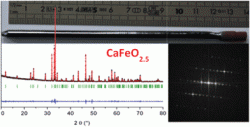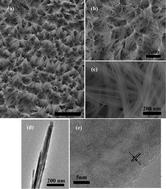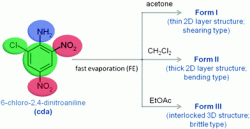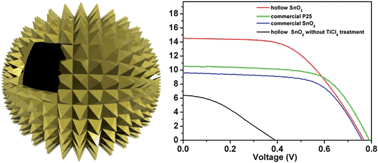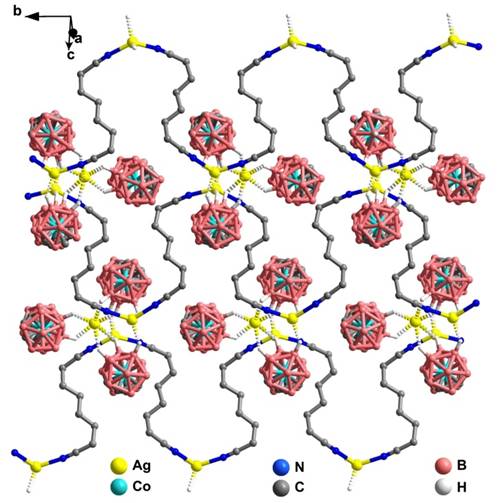Glass ceramics are remarkable materials and as their name suggests, they exhibit properties of both glasses and ceramics. An interesting and well known example of a glass ceramic is the lithium, silicon and aluminium-oxide material which provides the almost unbreakable tops to our electric hobs as well as protection for deep space mirrors.

An SEM micrograph of the polished cross-section of a sample annealed for 20h
This isn’t the only glass ceramic system nor is the low (or even zero) coefficient of thermal expansion the only interesting property these materials have. Glass ceramics containing crystals of the fresnoite type possess interesting piezoelectric, pyroelectric and surface acoustic properties. This Hot Article from Wolfgang Wisniewski, Marek Patschger and Christian Russel reports the Sr-fresnoite surface crystallisation in a 2SrO·TiO2·2.75 SiO2 glass and is a great example of modern functionality driven research.
lFind out more about the teams discoveries by downloading their article below for free
l
l
Sr-fresnoite surface crystallisation in a 2SrO•TiO2•2.75 SiO2 glass studied by EBSD
Wolfgang Wisniewski, Marek Patschger and Christian Rüssel
CrystEngComm, 2012, Advance Article
Other articles which may also be of interest include:
Composition and texture of barium silicate crystals in fresnoite glass-ceramics by various scanning electron microscopic techniques
Marcus Nagel, Wolfgang Wisniewski, Günter Völksch, Christian Borschel, Carsten Ronning and Christian Rüssel
CrystEngComm, 2011, 13, 3383-3389
Crystallisation of iron containing glass–ceramics and the transformation of hematite to magnetite
Wolfgang Wisniewski, Ruzha Harizanova, Günter Völksch and Christian Rüssel
CrystEngComm, 2011, 13, 4025-4031
Keep up to date with all the latest news in crystal engineering by liking us on facebook, following us on twitter or signing up to our e-alert service.













